In the hallowed Garbhagriha of the Sri Padmanabhaswamy temple, Lord Vishnu’s sleeping form rests on the waters of manifestation. Borne afloat by the multi-hooded serpent Anantha or Sheshnaag, the divine energy created by his cosmic sleep spirals outwards in the city of Thiruvananthapuram, which translates to “The City of Lord Anantha” referring to Lord Vishnu. Given that the capital of Kerala is named after the temple deity, it is no surprise that Sri Padmanabhaswamy plays a vital role in sustaining the legacy of Hindu spirituality in “God’s Own Country.”
The Padmanabhaswamy aspect of Vishnu is the patron deity of the Travancore royal family. In fact, in 1749 Maharaja Marthanda Varma assumed the title of Padmanabha Dasa, or “Servant to Lord Padmanabha” and dedicated the kingdom to the worship of the lord. He instructed his nephew that this decision should not be overturned in the years to come and that all future territorial acquisitions must also be dedicated to the deity. To this day, in spite of interference by the state government, the Travancore royal family performs the administrative duties for the Padmanabhaswamy Temple.
The reason for the pivotal significance and renown of this place of worship is both spiritual and material. In order to map the celestial moorings of Sri Padmanabhaswamy, we need not look any further than his name. Padma refers to the lotus that emerges from the nabhi or navel of the lord, upon which the creator-god Brahma perches. The navel of the omniscient Preserver is the cradle from which all life emanates, signifying an umbilical wellspring which becomes the centre of the universe.
Lord Vishnu reclines in the Anantha Shayana posture, asleep on the endless coils of time in the wake of Mahapralaya or cosmic dissolution. The world has been destroyed because creations in the macrocosm have strayed away from Dharma, and so the debris floats in the primaeval waters around him. Everything is still in this aftermath, allowing the omnipotent deity to enter the state of Yoga Nidra, or cosmic sleep. This nidra is a meditative recognition of the existence of the self and resultantly of all things - as Vishnu is the fountainhead of all life. It is the infinite echoing of the reality, “I am.”
And so, as Padmanabhaswamy awakens from slumber, the next cycle of creation begins and is rendered symbolically by the lotus upon which Brahma the Creator is seated. The rhythmic pattern of dissolution, contemplation and creation is necessary for the sustenance and purification of the universe, and therefore the Mahapralaya, Yoga Nidra and rebirth are all positive alchemical agents. In the sanctum sanctorum of the Sri Padmanabhaswamy temple, the main idol is visible through three separate doors - a Shivling under the hand of Lord Vishnu in the first, Brahma seated on the lotus in the second, and Lord Padmanabhaswamy, of course, is present in congruence with all three frames of reference. The metaphysics of the Destroyer, the Creator and the Preserver can be seen anchored to the hallowed grounds of the shrine, making it one of a kind.
The material reason for the popularity of the temple necessitates a peek into its vaults. It was only in 2011 that the general public was made aware of the subterranean treasure that lies mostly untouched within six vaults on temple grounds. Over the centuries, rich devotees making a pilgrimage to Thiruvananthapuram donated gold coins, idols, jewellery, precious stones and more, which have been preserved by the priests and the Travancore royal family. As a result, Sri Padmanabhaswamy temple has acquired the distinction of being the richest holy place in the world. This claim to fame, coupled with the legendary curse of Vault B - which is marked by carvings of a serpent and a Yakshi to keep coveters at bay - has placed Vishnu’s shrine on the global map.
Rich in both spirit and matter, the Sri Padmanabhaswamy temple has a regenerative effect on those who set their eyes upon the deity. The inward arch of the five hoods of the Sheshnaag signifies contemplation, which gives rise to deep ontological introspection in devotees.
“When I glanced through the jharokha and laid my eyes on the enormous deity through the three doors, I found myself weeping inconsolably. I realised this is real, and has been here since centuries.”
Vishakha Agrahari
The gargantuan cycle of birth, death and regeneration - usually incomprehensible to human minds - converges in the all-knowing form of Sri Padmanabhaswamy. And through the exuberant babel of pilgrims jostling to catch a glimpse of Vishnu, the existential assertion echoes yet again, though this time it seems to come from within - “I am.”

REFERENCES
https://books.google.co.in/books/about/Sacred_Hindu_Symbols.html?id=NQ0XQHEkuIcC
https://books.google.co.in/books/about/The_Book_of_Vishnu.html?id=f9cSlaLMlgEC&redir_esc=y
https://www.thehindu.com/opinion/op-ed/eclectic-architecture-exquisite-features/article2236138.ece
https://www.hindu-blog.com/2009/02/yoga-nidra-of-lord-vishnu-cosmic-sleep.html
https://www.holidify.com/pages/padmanabhaswamy-temple-treasure-168.html
https://realitysandwich.com/the-origins-of-yoga-nidra/
https://en.wikipedia.org/wiki/Padmanabhaswamy_Temple#Travancore_royal_family


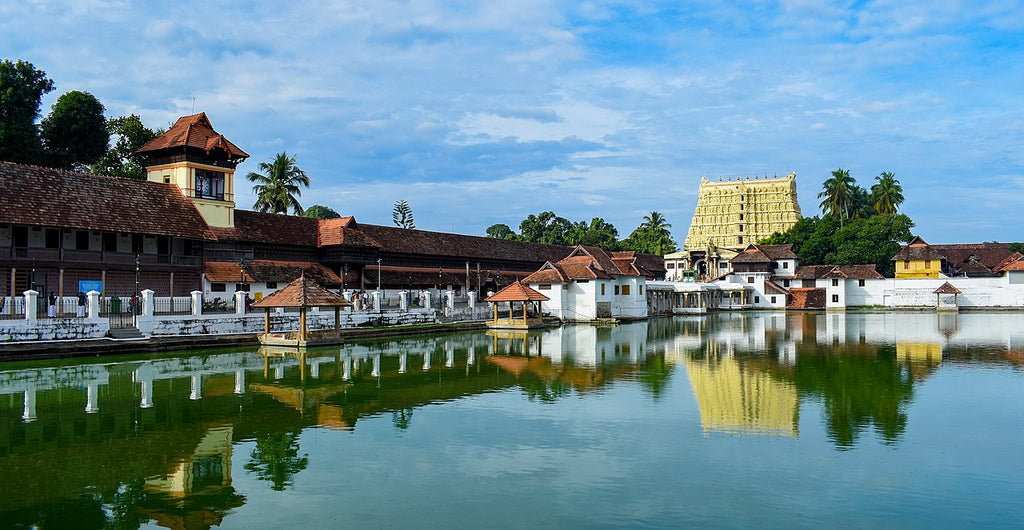










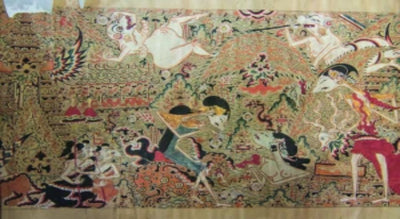
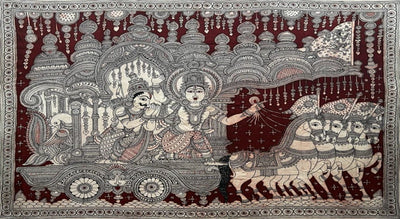

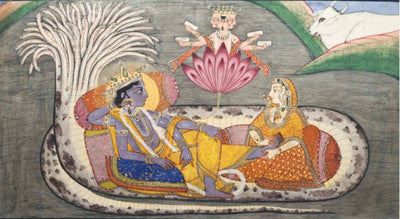
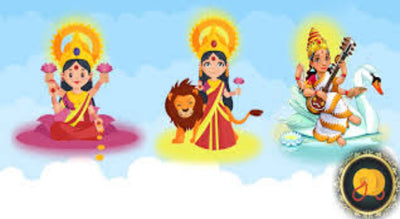
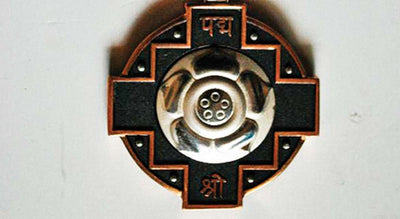

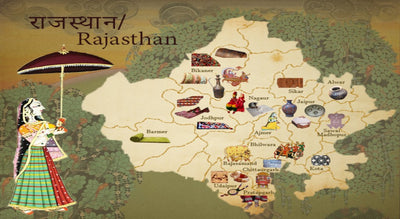
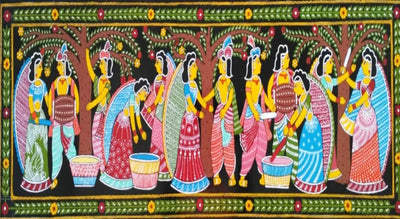
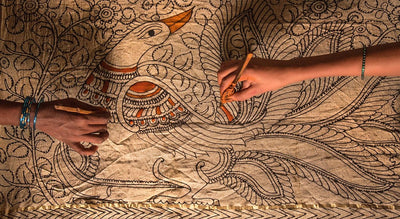
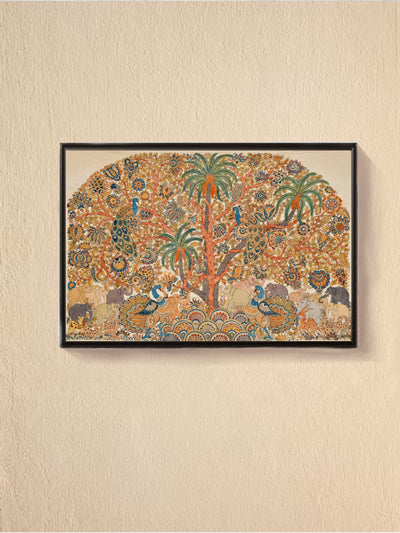







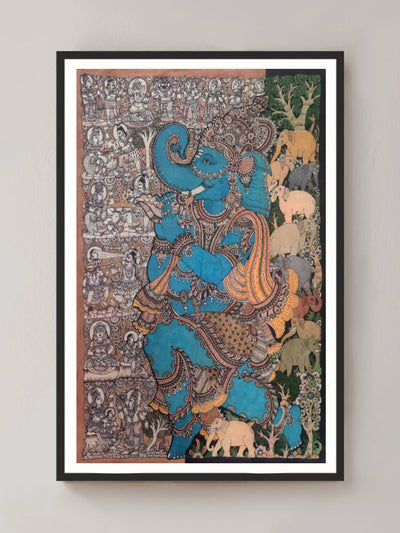








0 comments